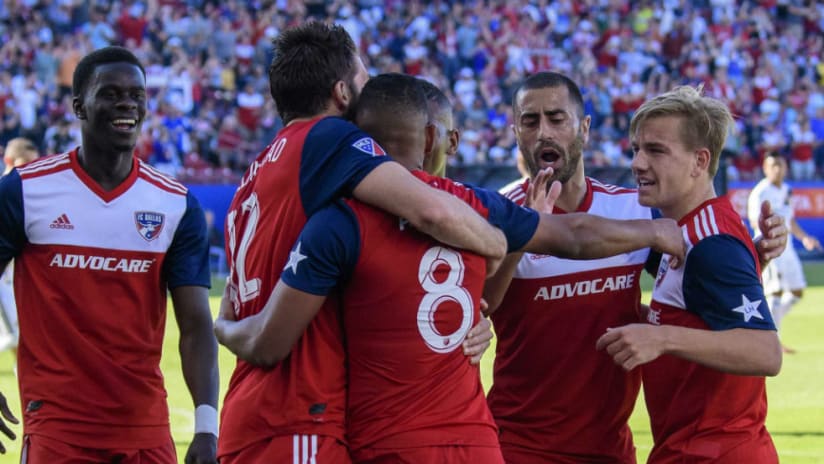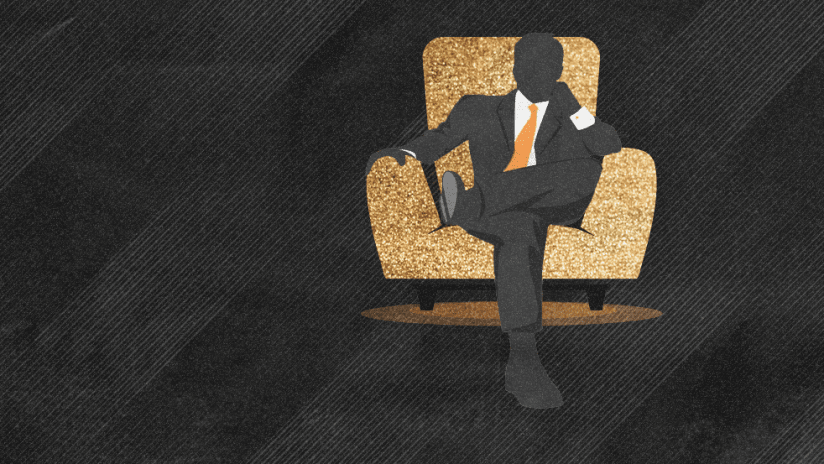Let’s play the new hit game, Find The Defensive Mid! Here are the passing maps from the three FC Dallas center midfielders from Saturday’s game vs. the LA Galaxy:
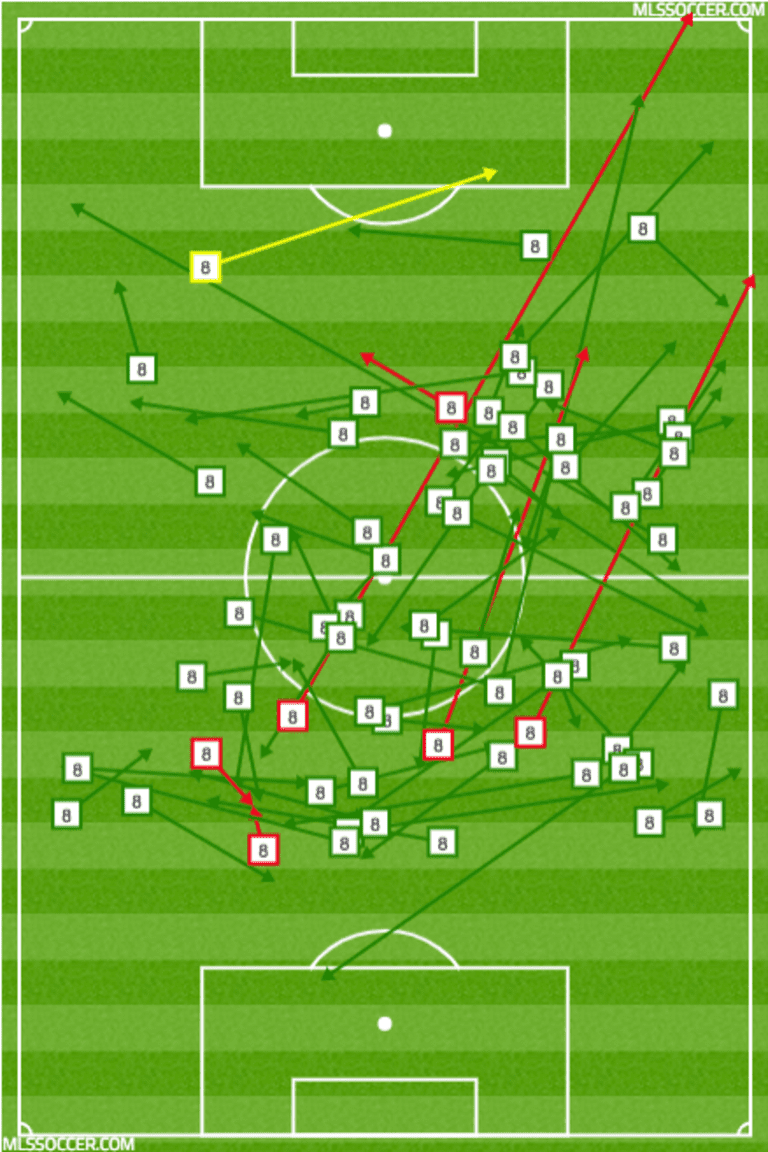
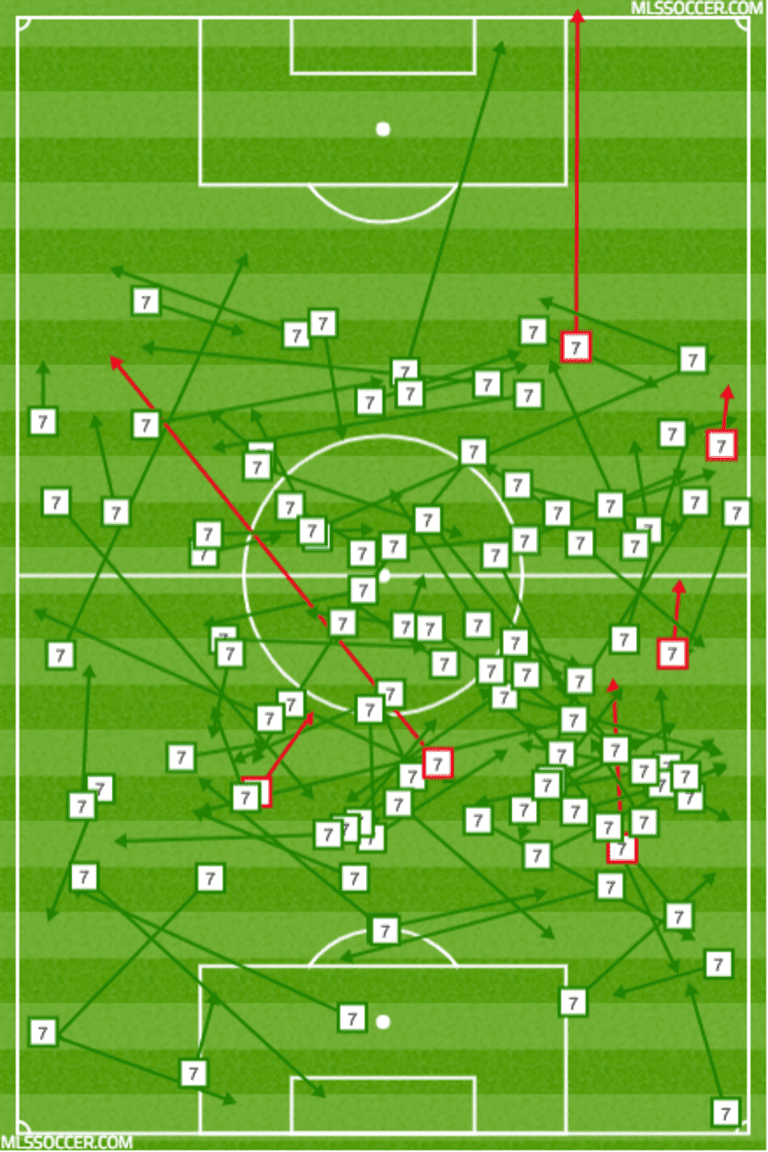
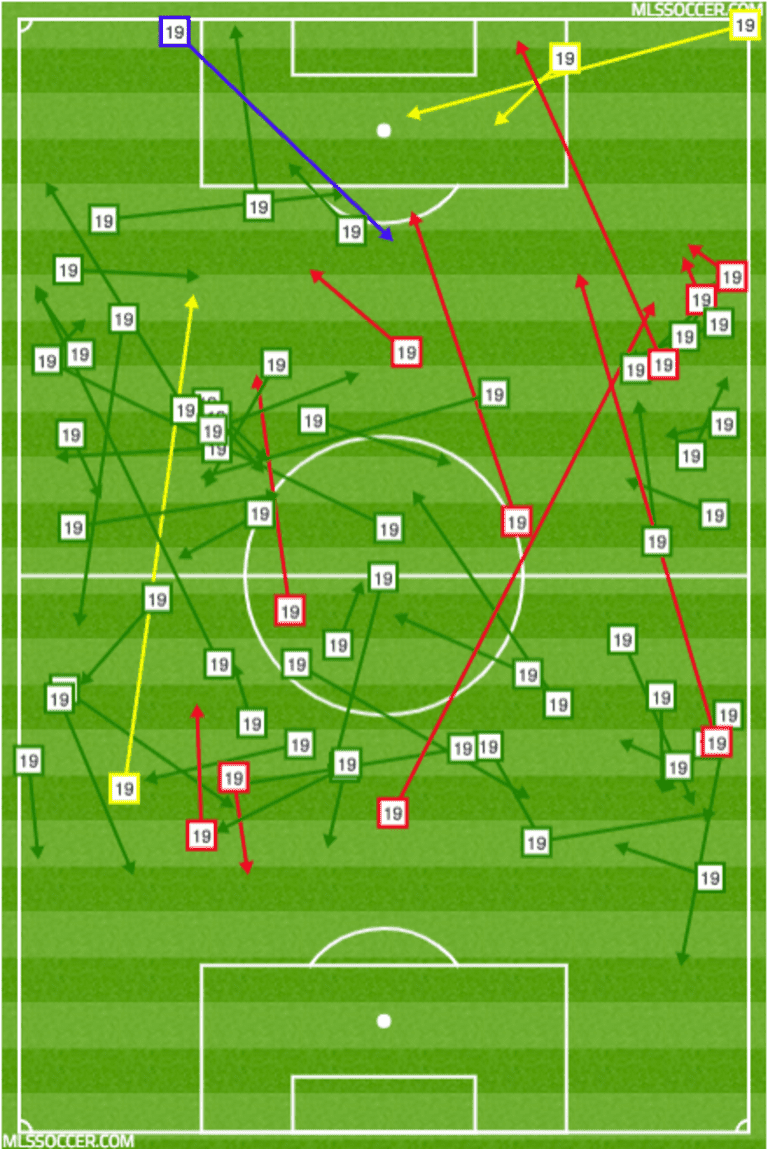
Who was the designated deepest player? Not easy to find, is it?
The midfield trio of Carlos Gruezo, Bryan Acosta and Paxton Pomykal, who came into the lineup in Week 2 with Jacori Hayes out, popped up everywhere.
Just as new head coach Luchi Gonzalez designed it.
“Those midfield pieces are interchangeable," The first-year professional manager told reporters after Saturday’s game. "They are fluid, so at any moment any player could be a No. 6, any midfielder could drop into the line of No. 3 or No. 4, any midfielder could become a No. 10 or playmaker — we want that fluidity.”
That fluidity has been dominant in three of the four halves FC Dallas have played so far. Through the first two weeks, they’ve had the highest possession percentage and completed the most passes in MLS, including the single longest pass sequence (tied with Atlanta against Chicago from March 18, 2017) in MLS since 2012 according to Opta.
Midfield balance, like so many other things in the sport, goes through trends. The 4-4-2 to the 4-3-3 with a single pivot to the 4-2-3-1 with a double pivot to the deep-lying playmaker. Gonzalez and FCD are at the front of the latest wave: total fluidity between the three players, or something that resembles a Triple Pivot.
All three players can do all three jobs. Nobody is anything, and everyone is everything. Everyone’s a defensive midfielder, everyone’s a box-to-box midfielder; everyone’s an attacking midfielder.
It’s unique, but not entirely cutting edge. It’s part of a larger trend in the game. Teams do not focus on positions the same way they used to. It’s now about roles:
- Here are the X number of things we need when we’re on the ball.
- Nobody has to do any specific thing.
- But all X number of things need to get done.
- It’s up to the players to fulfill the roles on the fly.
We saw similar ideas from Sporting Kansas City and LAFC in 2018. LAFC used Benny Feilhaber, Lee Nguyen and Eduard Atuesta as the midfield triangle at times last season. Atuesta was the primary defensive midfielder, but he would often rotate forward to leave Feilhaber and Nguyen to get the ball from the defenders.
SKC, too, used a fluid rotation between Graham Zusi, Roger Espinoza and Johnny Russell on the right side of the field. Nobody had a designated spot to occupy; rather, they had three functions that they needed to get done, and any player could take any of the three jobs.
At its best, this type of interchange can solve any problem that arises. That guy’s marked, so rotate him out. That guy is stuck up the field, then let’s fill in for him. Players continuously move and show up in new spots and just when you think you have them figured out, something new happens.
It demands total awareness and a complete skill set from all players involved. If any one doesn’t have the wherewithal to read the game or the attributes to execute, it falls apart.
We haven’t seen it from Dallas yet, but the “falls apart” thing can get rough, too. When the rotation doesn’t go right, the team can be left stretch and unprotected. The reason teams started to designate a single defensive midfielder was to ensure someone is always there. Defensive midfielders help stop counterattacks and shield the most vulnerable part in front of the defense. In saying anyone can do that job, you’re always leaving yourself open to nobody doing it.
Gonzalez has mitigated the risk a bit, using Gruezo slightly deeper than the other options. It’s very fluid, but not completely fluid. And it’s a plan that’s worked so far. Dallas have been beautiful to watch. They’ve been confident on the ball, composed under pressure, quick when the space opens and dangerous around the box.
If you haven’t watched them yet, you should.

